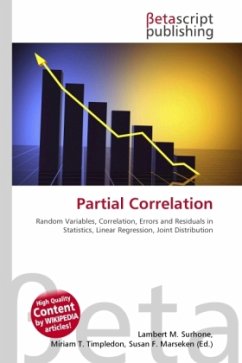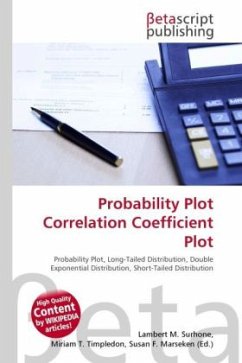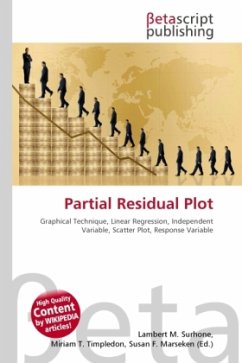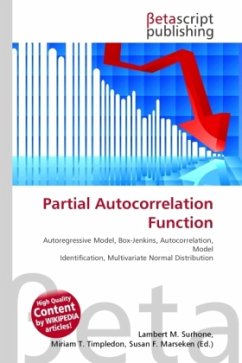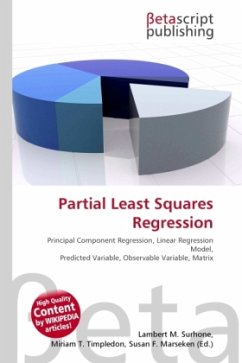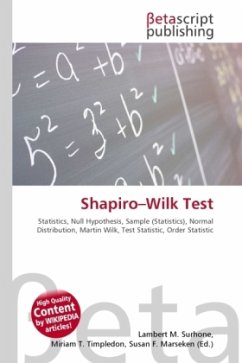High Quality Content by WIKIPEDIA articles! In probability theory and statistics, partial correlation measures the degree of association between two random variables, with the effect of a set of controlling random variables removed. Formally, the partial correlation between X and Y given a set of n controlling variables Z = {Z1, Z2, ?, Zn}, written ?XY·Z, is the correlation between the residuals RX and RY resulting from the linear regression of X with Z and of Y with Z, respectively. In fact, the first-order partial correlation is nothing else than a difference between a correlation and the product of the removable correlations divided by the product of the coefficients of alienation of the removable correlations. The coefficient of alienation, and its relation with joint variance through correlation are available in Guilford (1973, pp. 344-345).
